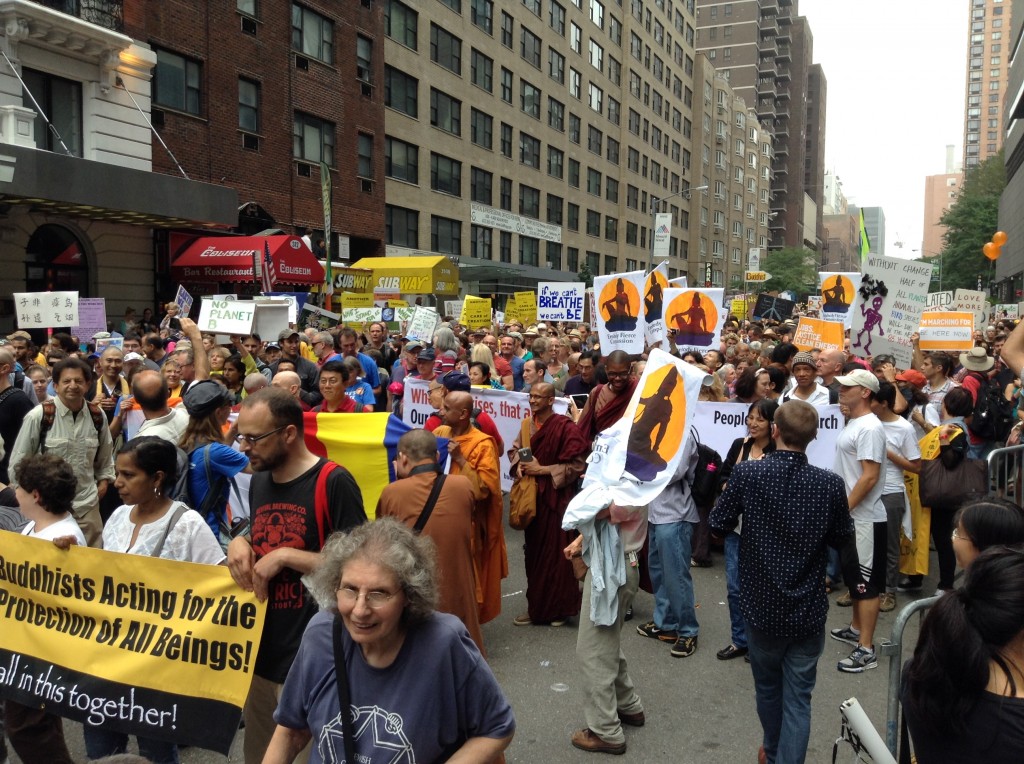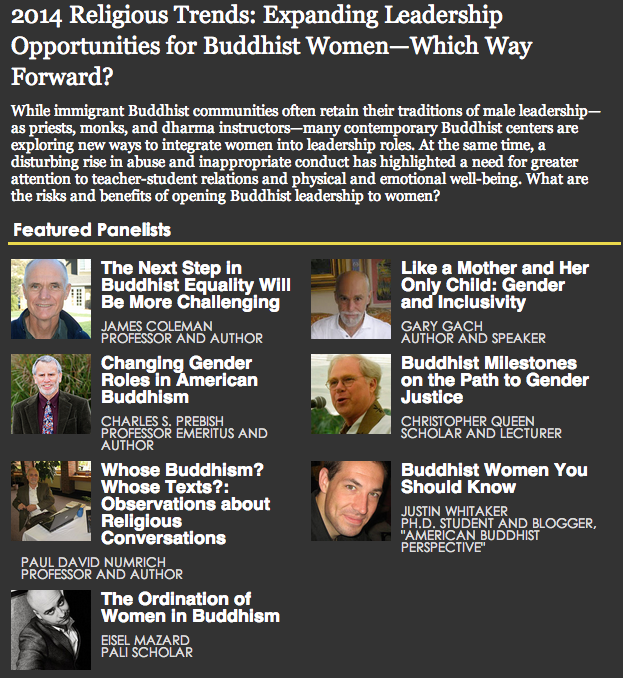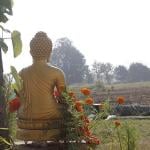
Our friend and Patheos colleague Justin Whitaker keeps the conversation going at his blog American Buddhist Perspective. Here’s a snippet:
Certainly any acute acts of terrorism, and those who support those acts in their words are well defined with “Buddhist terror.” “Buddhist extremism” is likewise useful for those groups and individuals who clearly stand out from the mainstream in a society, but this too can be a difficult label…
The label “ethnocentric Buddhism” might be helpful in covering something much broader existing in these two countries, something we too often overlook. That is the broader ethnic chauvinism displayed by dominant ethnic groups, Sinhala and Bamar respectively, toward other ethnic groups in the country…
A general mood of distrust and even antagonism toward an ethnic or religious minority in a country might not be extreme (as it is pervasive) and it might not manifest in particular acts of terror, thus necessitating a new label such as “ethnocentric” or “nationalistic” Buddhism. Such a category could be used to designate attitudes and actions of religious leaders long before any overt extremism or acts of terror occur…
With a category such as “ethnocentric Buddhism” we could examine instances and perhaps frequency of claims to having “true dharma” and specific objects (relics, holy places, etc) that might need to be “defended” from outsiders.
You can read the rest here.
In addition, on this subject, Paul Fuller has a new post at his blog about Buddhist monks in Burma who are opposing the odious, anti-Rohingya Muslim 969 Movement. Take a look here.











